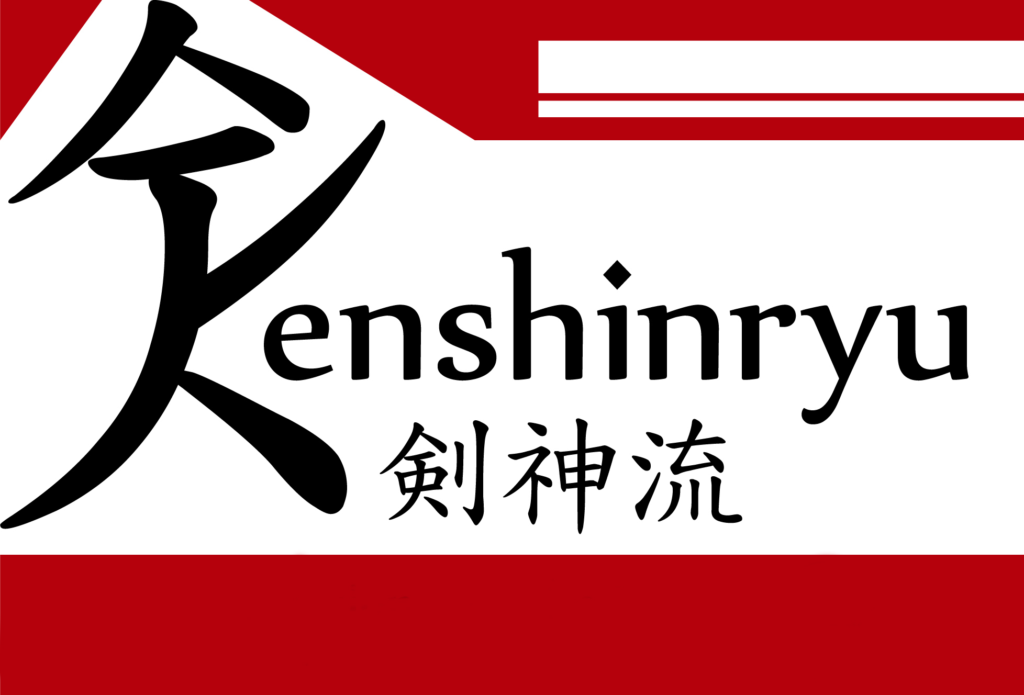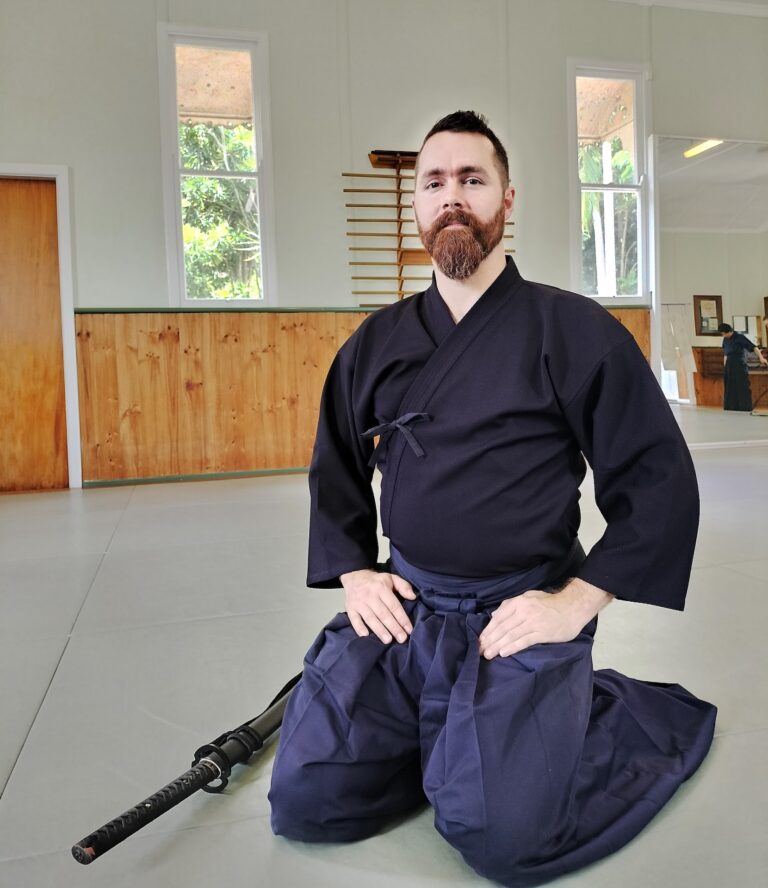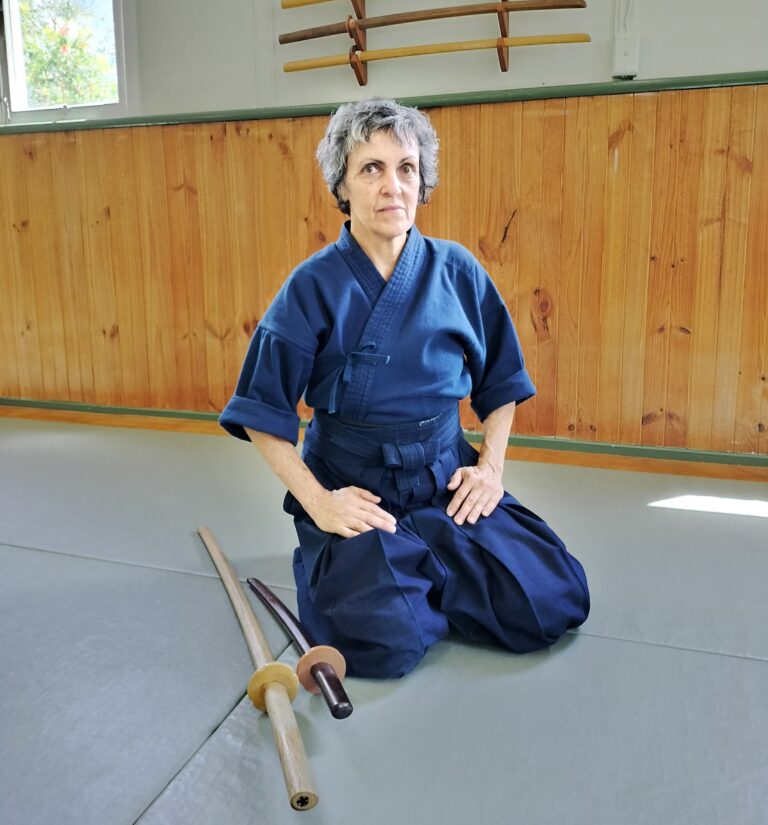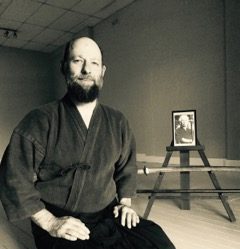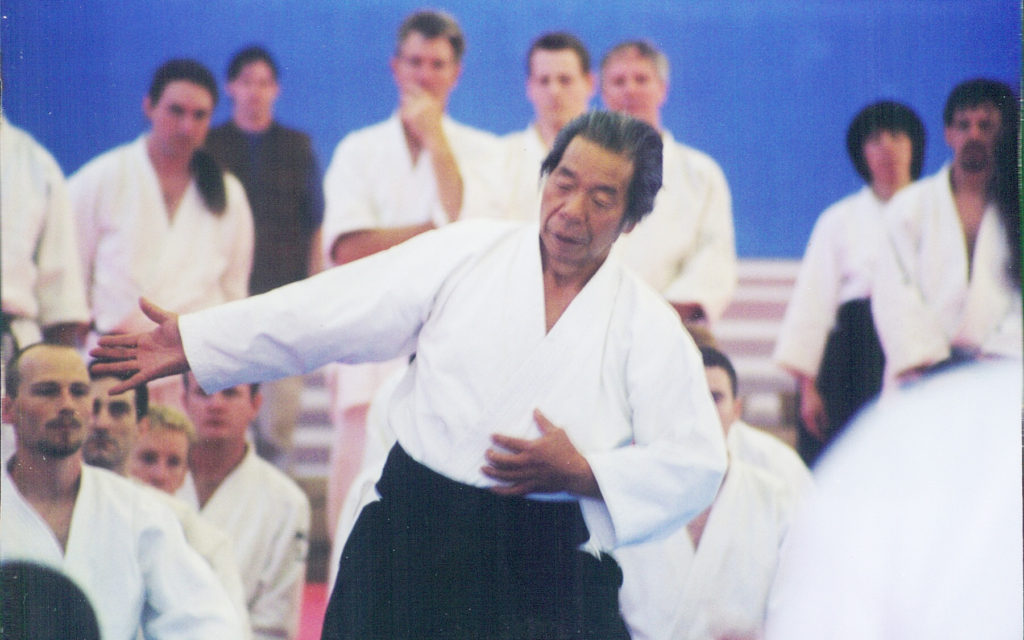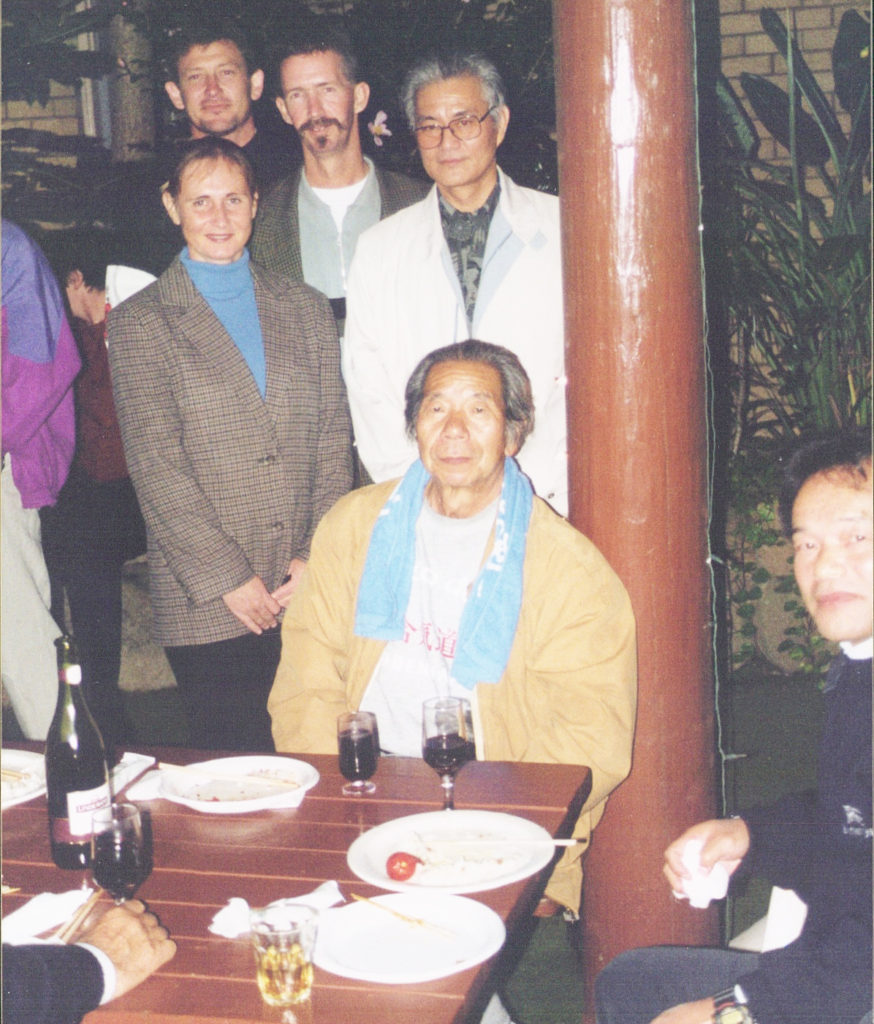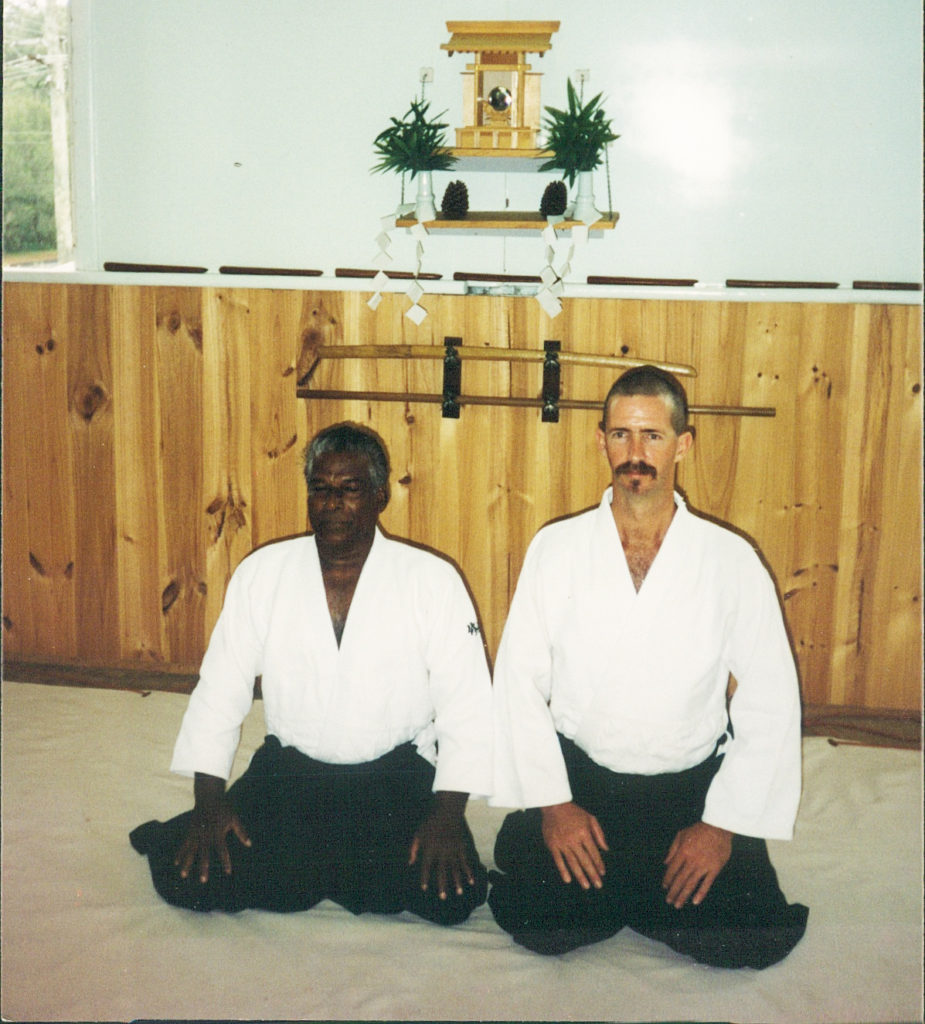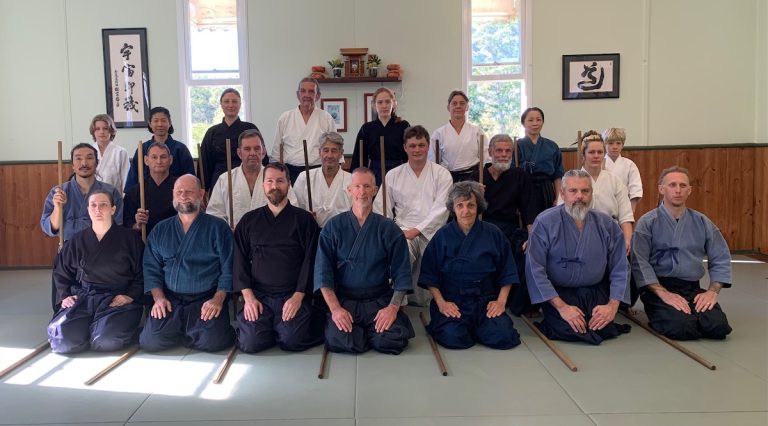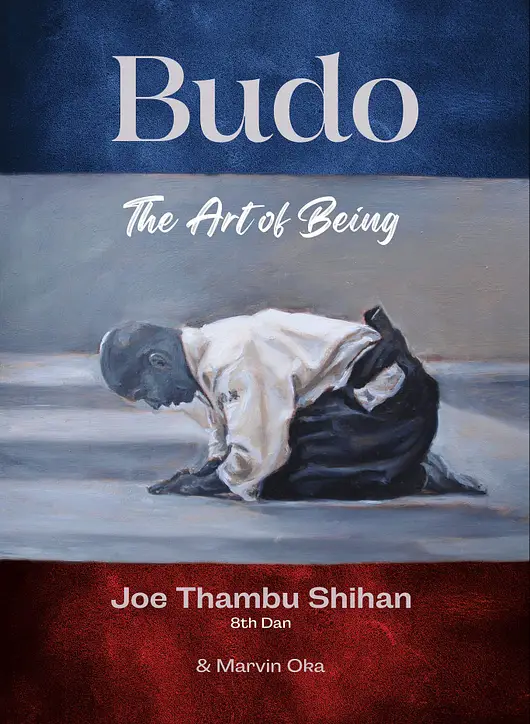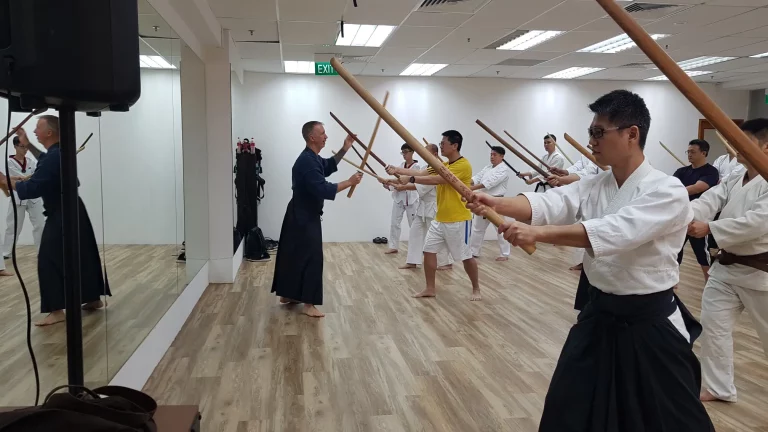About Us

Introduction to Kenshinryu
The Kenshinryu was originally formed in 1991 as a full time provider of the traditional Japanese martial art of Yoshinkan Aikido. In 2000 it expanded its syllabus to include instruction in Shinto Muso Ryu. The influence of the kobudo of Shinto Muso Ryu has permeated the Aikido practice until it has built upon and diverged from its roots in Yoshinkan Aikido resulting in a change of style to Kenshinryu Aikido. Classes are provided 6 days per week at the Honbu Dojo on the Sunshine Coast.
The Kenshinryu style owes a great deal to Headmaster Dangerfield Sensei’s training in the kobudo of Shinto Muso Ryu under Master Nishioka Tsuneo Sensei by whom he was awarded the traditional certification of Shomokuroku. Kenshinryu Aikido is notable for its strong spirit and technique and the re-incorporation of genuine sword principles to the unarmed practice.
Dangerfield Sensei
Headmaster Dangerfield Sensei commenced his martial career in 1974. He received his 6th Dan in Aikido from Thamby Rajah Sensei in Malaysia in 2012 during the 100 years of Aikido celebrations. In 2006 he received the scroll of Shomokuroku in Shinto Muso Ryu from Nishioka Tsuneo Sensei, Menkyo Kaiden, Hanshi and Hachidan. In 2021 Dangerfield Sensei was awarded the title of Shihan (Teacher of Teachers). As Head Master of the Kenshinryu, Dangerfield Sensei teaches a very Koryu influenced Aikido in addition to Shinto Muso Ryu all around Australia and overseas.




Other Instructors
-
Aaron Williams – SMR Jodo & Aikido Instructor
Aaron Williams began Aikido training in March 2001 through the “Young Warriors” high school program. Immediately […]
-
Josephine Prestipino – SMR Instructor
Josephine Prestipino was drawn by the beauty, geometry, physics and structure of the art of Shintō […]
-
Jonathan Smith Sensei – Lismore
Jonathan was first introduced to the Budo Arts in 1994 by Zen Master Hogan Yamahata. […]
Aikido History
Present day Aikido has its origins in Daito Ryu Aikijujutsu as taught to the Founder, Morihei Ueshiba Sensei by Sokaku Takeda Sensei. Takeda claims the art was founded by Prince Teijun, the sixth son of the Emperor Seiwa (850 – 880AD). Through the princes’ son, Tsunemoto, it was passed onto succeeding generations of the Minamoto family. It is said the art reached Shinra Saburo Yoshimitsu, the younger brother of Yoshiie Minamoto, and that the foundations of present day Aikido had already been laid.
Yoshimitsu was apparently a man of exceptional skill and learning. Takeda claims his house, Daito Mansion, has given its’ name to his system – Daito Ryu Aikijujutsu. Yoshimitsu’s second son, Yoshikiyo, lived in Takeda in the province of Kai where he eventually became known by this name. Subsequently the techniques were passed on to successive generations as the secret art of the Takeda House and made known only to retainers and members of the family.
In 1574 Takeda Kunitsugu moved to Aizu – the techniques continued to be passed on to his descendants only, and came to be known as the Aizu han otome waza (secret techniques of the Aizu clan). These claims remain unsubstantiated at this time. The only acknowledged link is from Takeda Sokaku to Ueshiba Morihei.
The Meiji Restoration brought not only the return of Imperial supremacy, but also a westernised cultural, political and economic influence. The Bushi (Samurai class) were virtually subsumed under the new constitution which declared all classes equal. Their exclusive combat arts, (previously referred to collectively as Bujutsu) became more oriented to moral and spiritual development and hence were from that time known as Budo. At that time, Sokaku Takeda began to teach the art outside the household, travelling widely through the recently unified Japan and finally settling in Hokkaido.

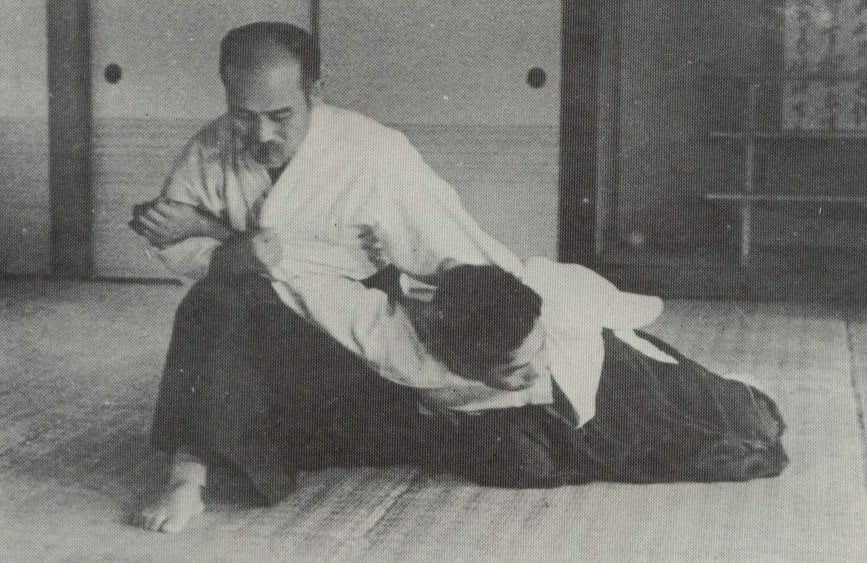

The search for wisdom has long been linked with the journey of the martial artist… the relationship between wisdom and action very much enshrined in the warrior mythology.
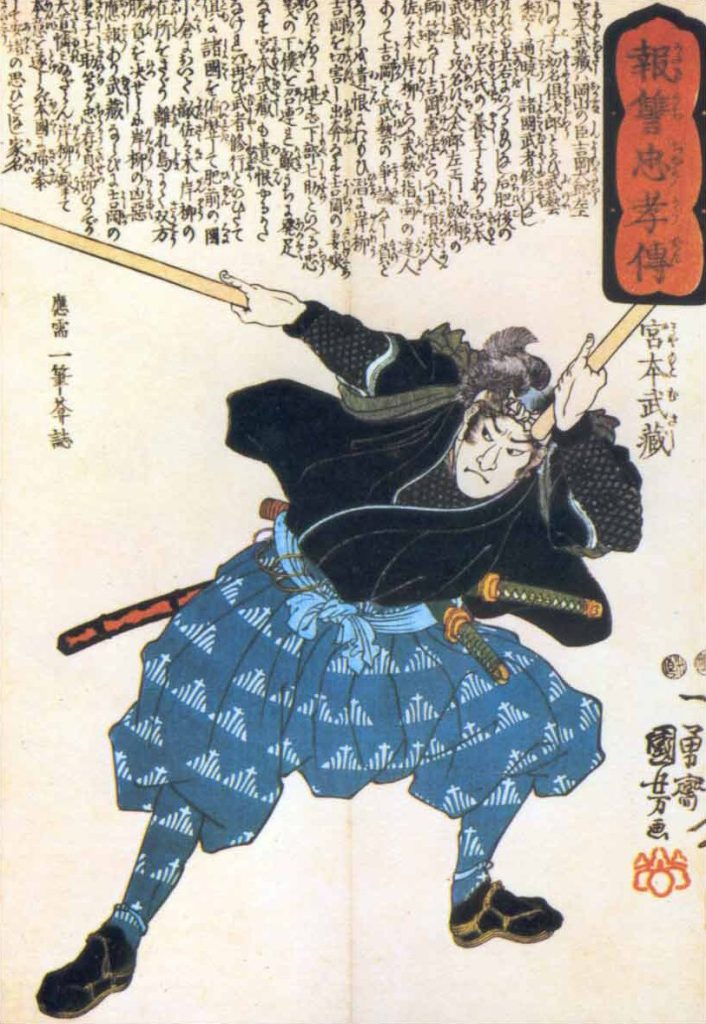
Shinto Muso Ryu History
The Headmaster of the Kenshinryu , David Dangerfield Sensei, was a personal student of Master Nishioka Tsuneo Sensei. The Shinto Muso Ryu (SMR) lineage has been somewhat fractured since the time of the 24th Headmaster Shiraishii Hanjiro (1842–1927). His senior student and unofficial 25th Headmaster, Shimizu Takaji Sensei (1896–1978), travelled up from Fukuoka to Tokyo to teach Shinto Muso Ryu with the Fukuoka Dojo remaining in the hands of his contemporary Otofuji Ichizo Sensei.
When Shimizu Sensei passed away he did not officially nominate a successor. Shimizu Sensei also changed the art considerably to accommodate its integration into the All Japan Zen Kendo Federation. Nishioka Sensei continued to teach the original SMR system in various locations in Tokyo and as technical director to the International Jodo Federation. Between 1999 and 2004 Nishioka Sensei travelled to the Sunshine Coast in Queensland to the Plamwoods Honbu Dojo on eight occasions to disseminate his teachings to Australian students. Nishioka Sensei retired from active teaching in 2010.
Records in the Bugei Ryuha Daijiten note that the Founder of Shinto Muso Ryu , Muso Gonnosukes’, original family name was Hirano and he was a descendant of Kiso Kanja No Taiyu Kakumei, a retainer of the famous general, Kiso Yoshinaka. Gonnosuke studied Tenshin Shoden Katori Shinto-ryu under Sakurai Ohsumi no kami Yoshikatsu and then Kashima Jikishinkage-ryu, mastering its famous method “Ichi no Tachi”.
If we can believe the legends … and there are more legends than facts … the only person to beat Miyamoto Musashi was a person as unusual as he was. He did this with a yon shakku (four foot) staff. In so doing Muso Gonnosuke gave birth to a martial arts system that would elevate the humble wooden staff to one of the pre-eminent weapons of the Bugei of Japan.
The first duel with Musashi occurred in Keicho 10 (1605) according to reports in the Kaijo Monogatari written in 1629. Gonnosuke lost the duel (perhaps defeated by Musashi’s famous Juji-Dome (two-sword ‘X’ block) technique.)
Following a long period of ascetic training at the Shinto shrine on top of Mount Homan in Kyushu, he is said to have been visited by the kami (ancestors, spirits) who told him “Using a round stick, know the suigetsu” (a vital point on the body). From this insight he developed a number of techniques for a four-foot staff known as a ‘tsue’ or Jo. The Jo could be used to sweep like a naginata, strike like a sword and thrust like a spear.
It is recorded that he had a second duel with Musashi inflicting Musashi’s only loss. Following this he became the senior martial arts instructor to the Kuroda clan and developed a complete system which he called Shinto Muso-ryu. This school remained an exclusive art (otome-waza) of the Kuroda samurai for many generations.
It came to incorporate other weapons systems as those ryu became extinct. Today the art includes Ittatsu-ryu Hojojutsu (arrest cord), Shinto-ryu Kenjutsu, Ikkaku-ryu Juttejutsu, Isshin-ryu kusarigamajutsu (chain and sickle) and Uchida-ryu Tanjojutsu.
The lineage remained intact through to Shimizu Takaji Sensei. Shimizu Sensei was born in Meiji 29 (1897) and was certainly the ryu’s greatest exponent in the 20th century. Shimizu Sensei was invited to leave Kyushu and introduce SMR Jo to Tokyo.

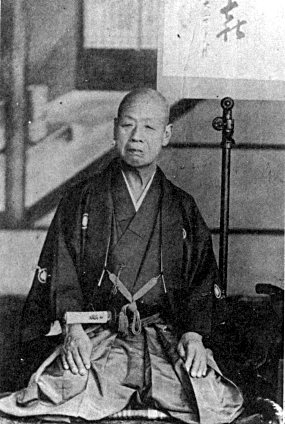
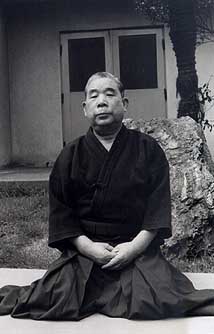
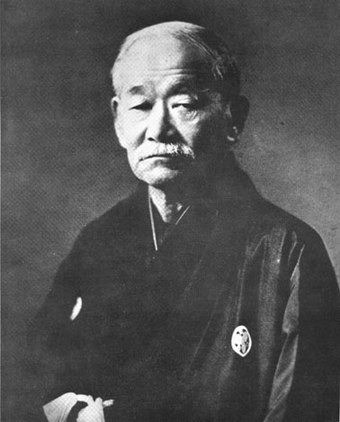
Instrumental in this was Kano Jigoro, founder of Judo. In 1927 Shimizu Sensei gave a demonstration for the National Police agency leading to the adoption of Jodo as a permanent aspect of Police training through to today. The Jo taught to the Police was slightly altered from the original form.
Shimizu Sensei was responsible for changing the name of the Ryu from Jojutsu to Jodo. There remain two main streams of Shinto Muso Ryu Jodo. It is still practiced in Fukuoka prefecture, Kyushu while the art as practiced by Shimizu Sensei was preserved by Nishioka Tsuneo Sensei. The Kenshinryu Chief Instructor, David Dangerfield, is one of a small number of people to have received the traditional certification of ‘Shomokuroku’ from Nishioka Sensei.
A Martial Way Beyond the Dojo
Kenshinryu and Community
The Kenshinryu has generally exceeded the traditional brief of a martial arts organisation. It has been involved in such a wide array of projects over the last two decades and few of them fit the mould people expect.
One of the guiding principles for the Kenshinryu is found in the saying “Why follow a martial way if it doesn’t lead beyond the Dojo?” We know that Japanese character ‘Dō’ at the end of the words Aikido and Budo means a path or way of life.
The Dojo fosters a strong community spirit, the kind that only a shared interest can create. We occasionally enjoy coming together after class and eating out at some of the best places on the Sunshine Coast.

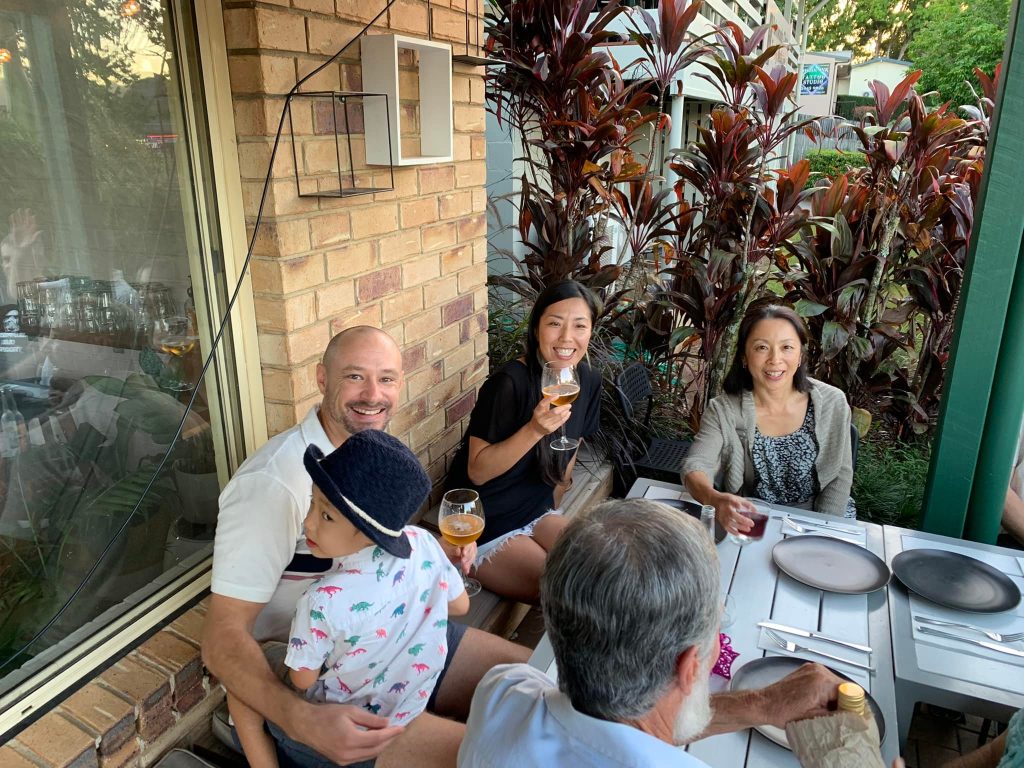
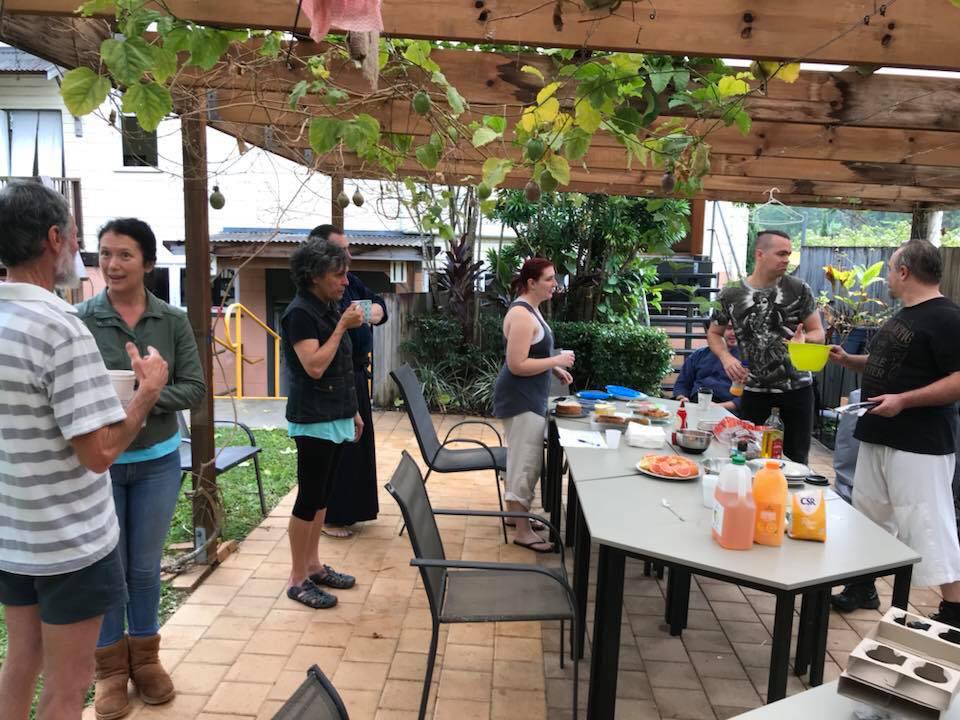
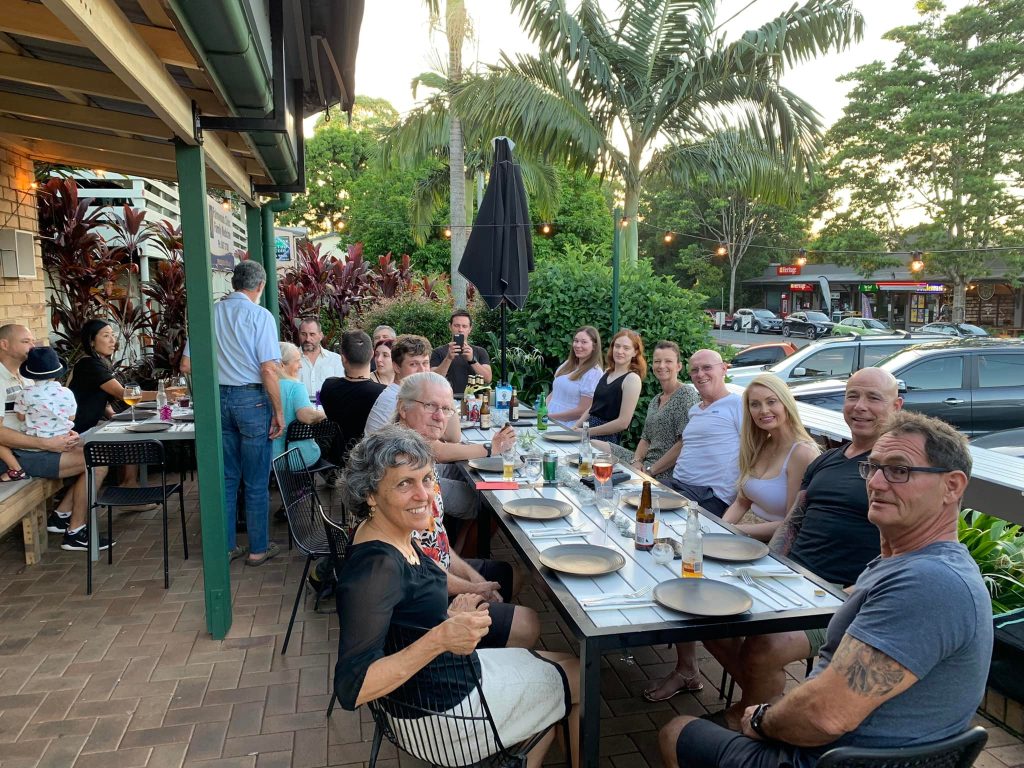
Kenshinryu and Compass
David Sensei went on to study and work in the field of disabilities and in 1991, he founded The Compass Institute. Initially, Compass provided Alternative Education programs to at-risk youth, with over seven thousand school children benefitting from their involvement.
Latest News & Events
-
Winter Gasshuku 2023
An amazing weekend seminar of SMR and community connection, click here to see all the photos.
-
Budo “The Art of Being”
“Budo: The Art of Being” goes beyond mere physical techniques, revealing the holistic nature of […]
-
Singapore Seminar
On Sunday 23rd April David Shihan was hosted in Singapore to teach a Shinto Ryu Kenjutsu […]
“There are no contests in the Art of Peace. A true warrior is invincible because he or she contests with nothing. Defeat means to defeat the mind of contention that we harbour within.”
Morihei Ueshiba – Founder of Aikido
